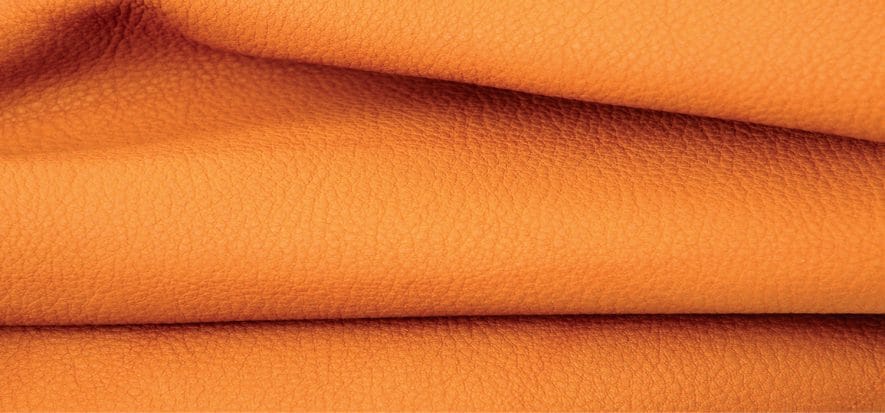Further sanitising them is not necessary. This is the shortest possible answer that should be offered to anyone asking tanneries about the safety of finished leather. Safety in this sense: being certain that they do not transmit the virus. Beyond the summary, however, comes the deepening of the Environment Department of UNIC – Italian Tanneries, which explains the reasons why finished leathers are safe.
Finished leathers are safe
“In addition to what is established for goods in general, the probability of transmission of viruses – reads a UNIC note – and, specifically, of Coronavirus through leathers is very low”. First of all, because, as stated by “several Covid-19 reports recently issued by the ISS (the National Institute of Health in Italy)” these viruses “are more susceptible to environmental factors (temperature, sunlight, pH, etc.), as well as to physical factors (degree of dehydration of the matrix) and biological (microbial antagonism) compared to other human pathogenic viruses”. But, specifically for leather, UNIC goes one step further, providing some clarifications.
Here are the reasons (there are 5)
The reasons, highlighted by UNIC, for which finished leathers are safe are 5. First: “Hides, from raw to finished, do not represent a suitable substrate for the multiplication of the virus”. Which “notoriously needs a vital host cell for its replication”. Second: “Most of the wet and drying processes take place at temperatures above 55°C. And for a period of time long enough to inactivate viruses and their infectious power”. Third one: “pH conditions in the preliminary stages of the tanning process (liming, maceration) are incompatible with the maintenance of the structural integrity of Covid-19”. In other words: “They compromise its infectious power”. Fourth: “Where finishing and ironing activities are carried out, the temperatures with which hides are processed damage the virus, which thus loses its infectious capacity”. Fifth: “Leathers are porous materials that, even if they come into contact with the virus, do not release it easily”.
Additional safety
In short, the certainty of non-transmissibility is very high. Also, because to it “further measures adopted in the workplace for the safety of workers are added, borrowed from anti-contagion protocols”. So, UNIC concludes: “The risk from Covid-19 is generic, that is, present in any environment. And it is more contained in the tanning environment by virtue of the particular manufacturing process”. It follows that “the probability of the virus being present on leathers is very low and, however, where present, the process would neutralise it. Therefore, any washing, disinfection and sanitisation treatment of finished leather is considered useless, as well as harmful”.
Read also:
- Anti-Covid certification: Incas tannery receive it first
- Safety and reliability: Anaconda certified ICEC’s anti-Covid certification
- Safety today and tomorrow: Sciarada and the ICEC certification against Covid-19











